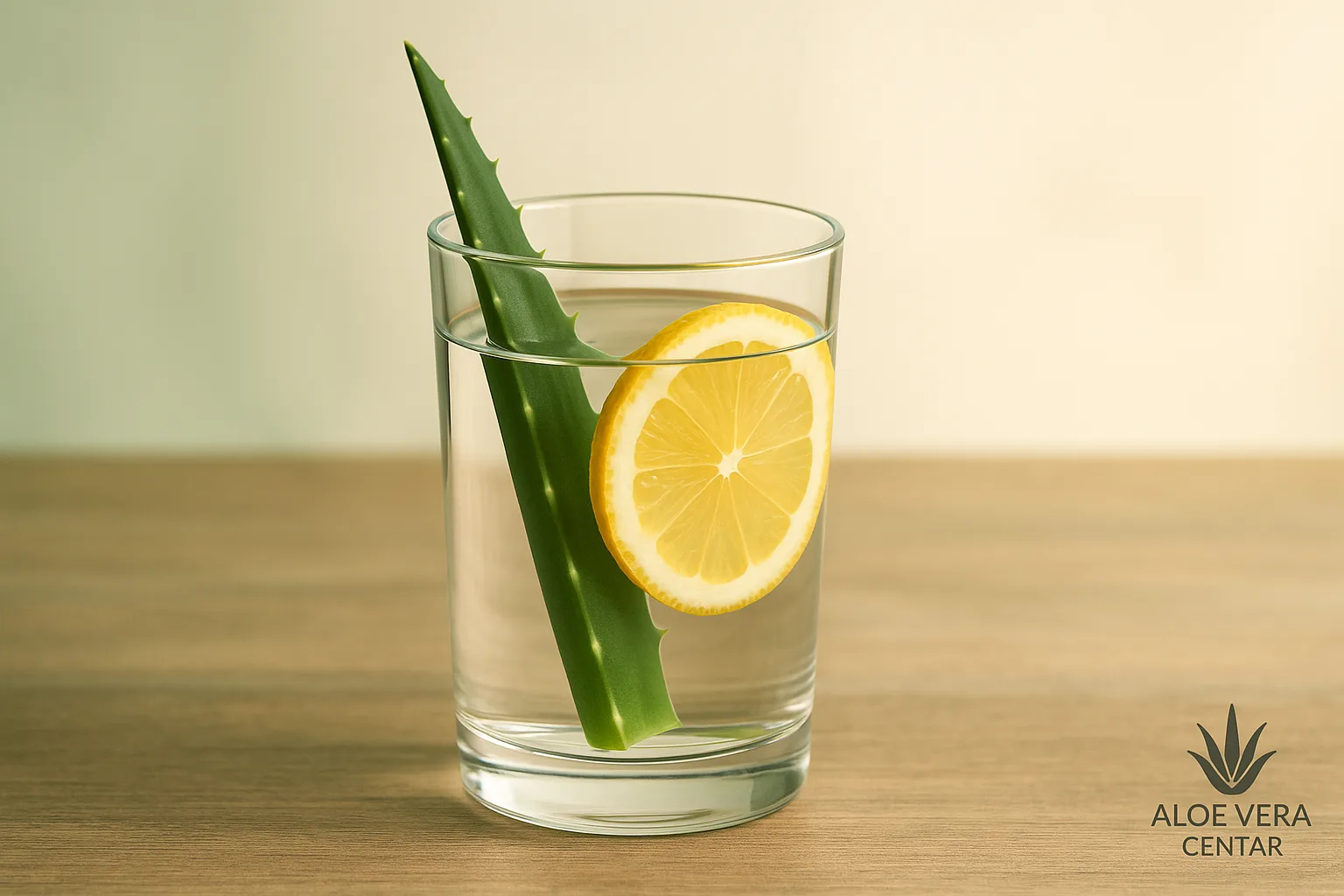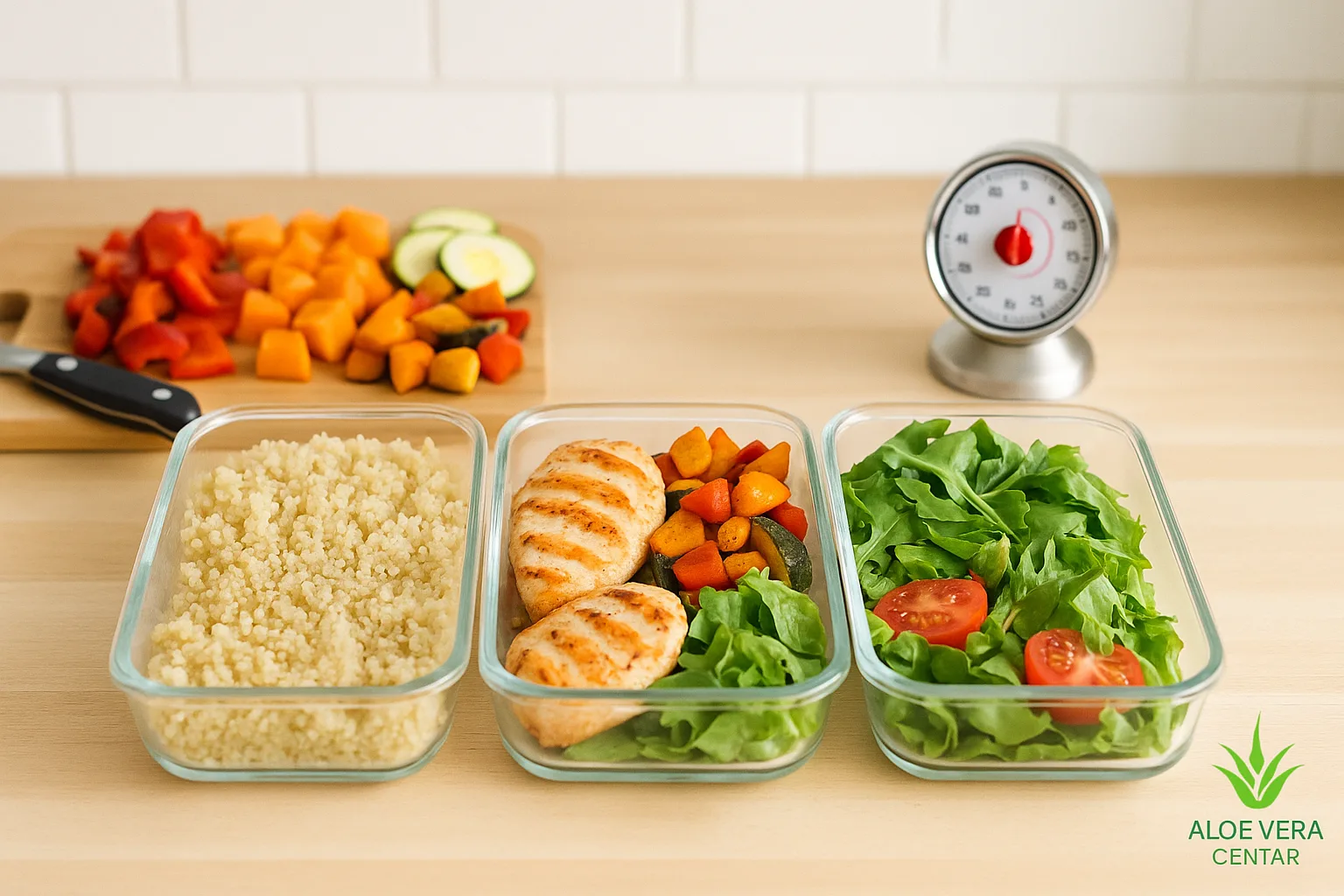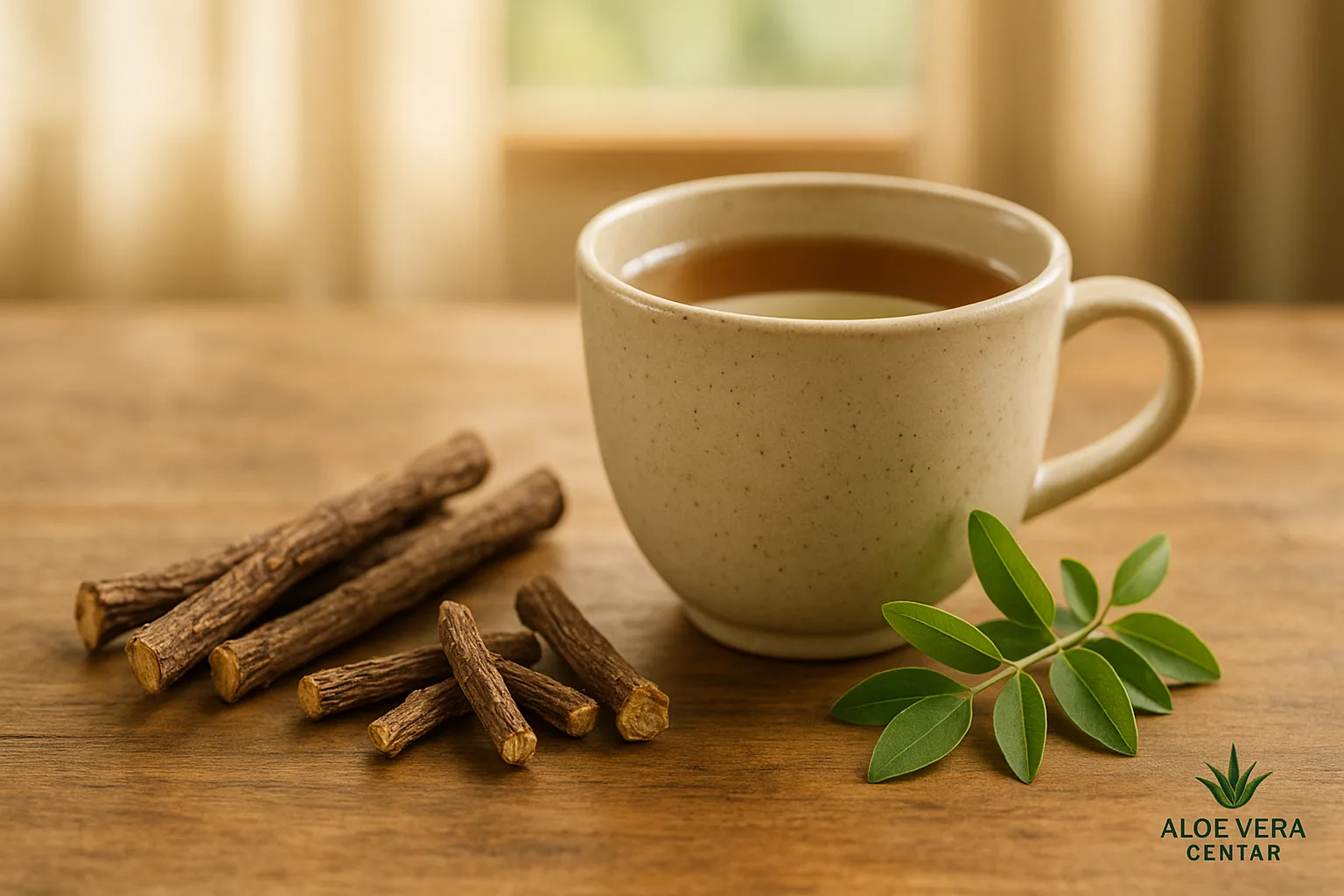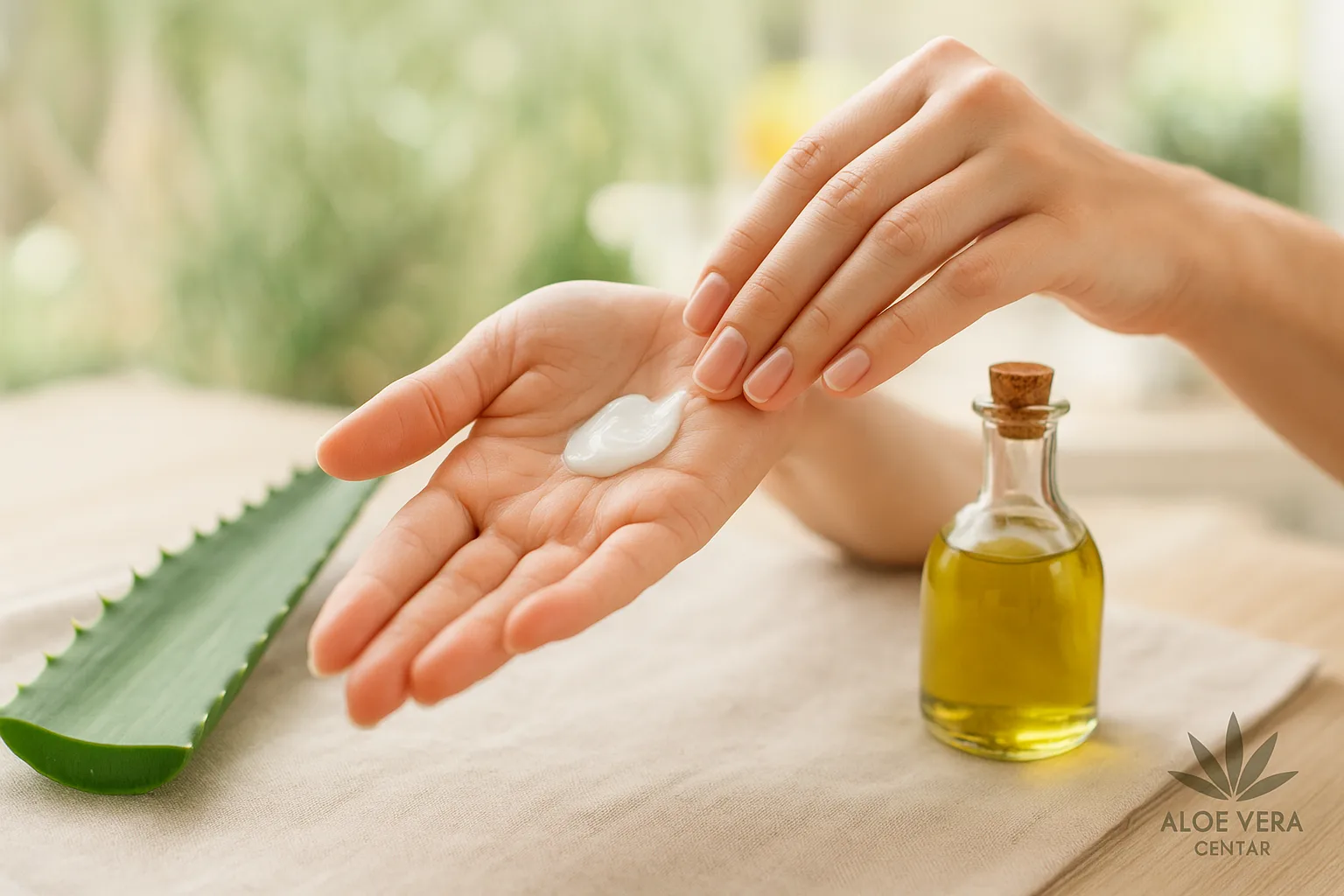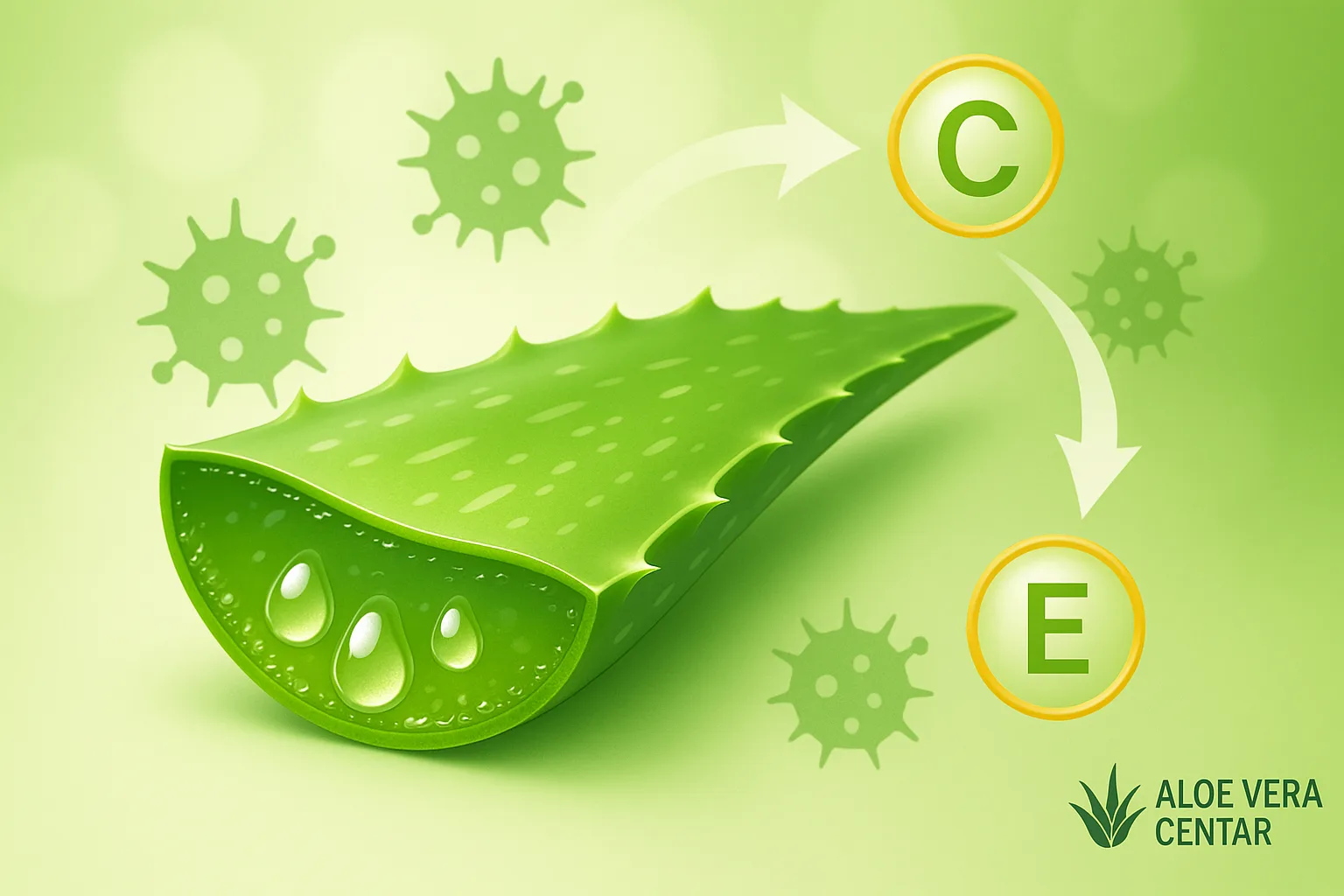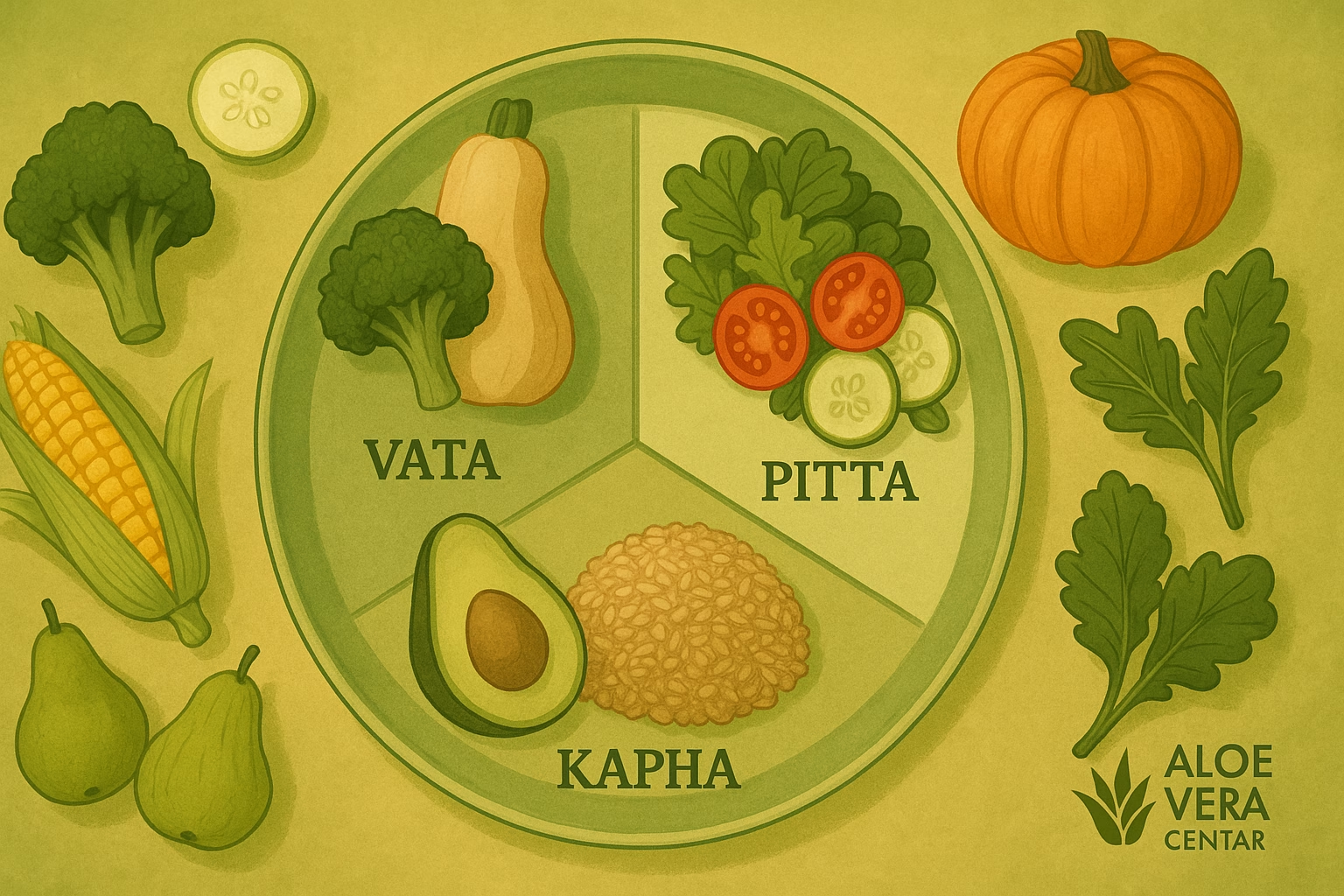
Ayurvedic Approach to Nutrition through Doshas and Seasons
Ayurvedic Approach to Nutrition: Eating According to Doshas and Seasons
The Ayurvedic approach to nutrition has been helping people align their meals with their own nature, annual cycles, and daily rhythm for centuries. Below, you’ll discover how to identify your dosha, which foods to choose in different seasons, and how small, practical changes (including tips on spring detox) can boost energy, calm digestion, and restore hormonal balance. Sounds too good to be true? Read on and find out.
What are Doshas and why are They Important?
Ayurveda describes three fundamental bioenergies – Vata, Pitta and Kapha. Each dosha is a combination of two elements (air + ether, fire + water, water + earth) and defines how our body responds to environment, food, and stress. According to research published in PubMed, personalized nutrition aligned with one’s dosha can improve metabolic balance and sleep quality.
- Vata regulates movement, nervous system, and creativity.
- Pitta governs digestion, metabolism, and body temperature.
- Kapha is responsible for structure, stability, and immune resilience.
You might be wondering why this matters? When dosha is in balance, we feel vitality. When it’s disturbed, fatigue, bloating, or inflammation appear. Fortunately, food is the quickest path to restoring balance.
How to Identify your Dominant Dosha?
If you’re always on the move, get cold easily, and like to snack throughout the day, you’re probably a Vata type. People with strong appetites who love challenges and often feel hot have dominant Pitta. Kapha types are calm, enduring, and prone to water retention. Still not sure? Use our AI advisor and discover your precise profile in two minutes, along with a personalized food list.
Nutrition by Doshas through Seasons
Ayurveda emphasizes that food must “extinguish” excesses and strengthen what we lack in certain periods of the year. Here’s how it works in practice.
Winter – Season for Warm Plates and Strengthening Vata
Winter winds intensify Vata elements of air and ether. The result? Dry skin, cold hands, and nervousness. Choose warm, cooked meals: sweet potato stews, lentil soups, and oatmeal. Want additional support for mucosa and immunity? A cup of Forever Aloe Vera Gel with lunch will help calm sensitive digestion, while natural acemannan polysaccharides will hydrate internal tissue.
- Best foods: millet, basmati rice, cooked root vegetables, ghee, warming spices (ginger, cinnamon).
- Avoid: raw salads, carbonated drinks, too much coffee – all these further “cool” the body.
Here’s the thing: meal regularity is crucial for Vata. Eat at the same time, breathe slowly before the first bite, and warm up your body with short walks in the sun. Such routine reduces cortisol and improves iron absorption.
Spring – Time to Awaken Kapha Energy
When snow melts, Kapha (water + earth) easily takes the lead. Heaviness, slowness, and seasonal allergies are common “alarms”. The solution is lighter, spicy-sour food that stimulates metabolism. Consider a three-day spring detox with soups and steamed vegetables. If you lack energy for morning workouts, it’s enough to add a pinch of spirulina and some lemon juice to your smoothie.
- Best foods: peas, asparagus, watercress, barley, turmeric, cayenne pepper.
- Special tip: morning glass of lemon water helps wake up the liver.
Bucket brigade: But that’s not all… kapha loves routine, so in spring incorporate light HIIT exercise and shorter fasting intervals, for example, a 14/10 schedule.
Summer – Pitta’s Arena of Fire and Dynamics
When temperatures rise, Pitta easily overheats. Cooling foods rich in antioxidants alleviate inflammatory processes caused by UV radiation. The key is combining sweet fruits and green leafy vegetables.
Summer menu must include watermelon, cucumber, coriander, and coconut water. For electrolyte preservation and better circulation, add one scoop of Forever Argi+ to a cup of cold water – L-arginine stimulates nitric oxide production and prevents muscle overheating.
- Choose: quinoa salad with mint, cold zucchini soups, occasional coconut-based ice cream.
- Avoid: excessive spicy food, fried foods, alcohol.
You might wonder why? Pitta loves discipline and freshness; that’s why evening meditation or a short walk by the river is a powerful “anti-flame” ritual.
Autumn – Return to Balance and Preparation for Cold
In autumn, Vata rises again, while Pitta slowly rests. The menu becomes somewhat fattier to prepare tissues for winter. Include sweet potatoes, pumpkin, red lentils, and warm variations of oatmeal. For omega-3 fatty acids, add a tablespoon of flaxseeds or consider omega 3 fatty acids in capsules or through fatty fish twice a week.
Here’s a little secret: roasted pumpkin seeds with turmeric are an ideal Vata snack that warms and mineralizes.
How to Compose a Plate that “Loves” your Dosha?
The rules are simple:
- Recognize the taste: Sweet and salty ground Vata, bitter and astringent cool Pitta, while spicy and bitter awaken Kapha.
- Look at texture: Dry and crunchy increases Vata, fatty and heavy increases Kapha.
- Pay attention to color: Green vegetables cool Pitta, orange and red restore energy to Vata, and white or light yellow grains gently awaken Kapha.
Additionally, Ayurveda advises that about 60% of the plate during the main meal should be warm, thermally processed bites, and at least 20% should be fresh salads or fermented sides to balance digestive enzymes.
Modern Tricks for Traditional Approach
1. Add adaptogens without stress. Ashwagandha powder easily mixes into evening warm drinks and calms Vata.
2. Ferment. Homemade kefir or tempeh balance Kapha mucus, and probiotics strengthen the intestinal barrier.
3. Purposeful hydration. Instead of plain water, drink aloe beverage or herbal tea – this way you’re getting minerals and bioactive flavonoids.
Frequently Asked Questions
What if I Can’t Determine My Exact Dosha?
Most people are a mixture of two doshas. Follow dominant symptoms (e.g., coldness and dry skin = Vata) and adjust your menu accordingly. For more precise analysis, you can always use our AI advisor.
Can I Eat Raw Food in Winter?
In small amounts yes, but combine it with warm dishes. Vata types do better with lightly sautéed or cooked vegetables.
Can I Combine Ayurveda with Modern Supplements?
Absolutely. For example, Forever Argi+ naturally complements Pitta routine as it supports circulation without stimulants.
Conclusion
Whether you’re a passionate cook or just looking for ways to eat more mindfully, the Ayurvedic principle of “one person – one diet” offers an elegant solution. By adapting food tastes, textures, and temperatures to your dosha and season, you can achieve stable energy, better digestion, and glowing skin. Want faster results? Click and secure 15% discount on selected detox and balance packages.
More Topics You might be Interested In
If you enjoy historical context and want to learn how aloe was used throughout different periods, read the article Aloe Through Ancient and Medieval Times. You’ll see how important this plant was in traditional medicine, just like Ayurvedic recipes.
For comparison with other popular dietary approaches, take a look at our guide on the keto diet and discover how it differs from the Ayurvedic emphasis on balance and warm food.
A particularly interesting supplement for Pitta types looking for more energy and vitality is Forever Multi Maca, known for supporting hormonal balance and endurance.
If you’re thinking about modern diets promising quick results, also read the article about the liposuction diet – and compare its approach with Ayurvedic principles of long-term balance.
By combining traditional wisdom with modern nutritional approaches, you’ll more easily find nutrition that best suits your body and lifestyle.
Note: This article is for informational purposes and is not a substitute for professional medical advice. For specific health advice, consult a physician or qualified nutritionist.




